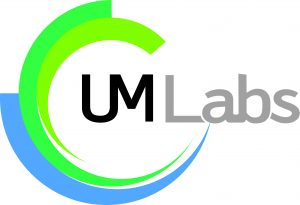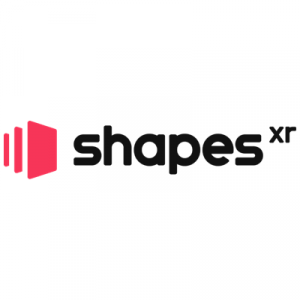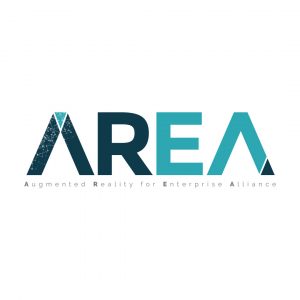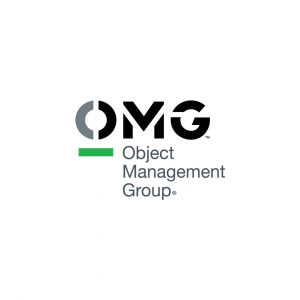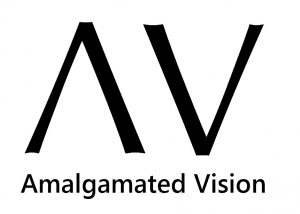OMG Announces 28th Edition of Journal of Innovation
BOSTON, MA – NOVEMBER 24, 2025 – Today, Object Management Group® (OMG®) announced the latest edition of its Journal of Innovation (JoI) titled, Harnessing Generative AI for Innovation, Resilience, and Efficiency in Industries, exploring the evolving role of Generative AI (GenAI) in the industrial landscape.
“As industries worldwide embrace AI-driven transformation, we invited research and case studies highlighting the real-world impact of GenAI on operational strategies, workforce adaptation, and industry-specific challenges,” said Edy Liongosari, Chief Research Scientist at Accenture and Co-chair of OMG’s Thought Leadership Group. “The issue features a diverse collection of articles that delve into various aspects of GenAI, offering actionable insights and thought leadership.”
The issue features member-written articles on the following topics:
Generative AI for Automated Negotiation by NEC Corporation – This paper explores the transformative potential of Generative AI in automated negotiation, particularly within business and industrial contexts.
Generative AI and Geospatial Data by LunateAI and IGnPower Inc. – The article explores how Generative AI is reshaping geospatial data, transforming Earth Observation and IoT sensor streams into socio‑economic datasets and actionable insights.
Cognitive Agent Frameworks for Autonomous Industrial Decision-Making: Practical Lessons and Implementation Safeguards by XMPro Inc. – This article examines architectural approaches for implementing cognitive agent frameworks in industrial settings, drawing on anonymized case studies from manufacturing, energy, and mining deployments.
Beyond AI Agents: Creating the Conditions for Breakthrough Intelligence by STEM-TEC LTD, Resurface Behavioural Health Ltd, and inloop.studio – This paper explores the design of innovative processes that respect human psychology and tap into the wisdom stored in feelings, not just files.
JoI articles have covered diverse topics and themes, including security, industry digital transformation, data in the industrial internet, solutions at the digital edge, the role of IoT in enabling rapid response to COVID, industrial artificial intelligence, intelligent transportation, innovations in digital twins, smart cities, smart factories, trustworthiness, and many more. Download current and past editions of OMG’s JoI.
About OMG
Object Management Group® (OMG®) is an EDM Association Community.
